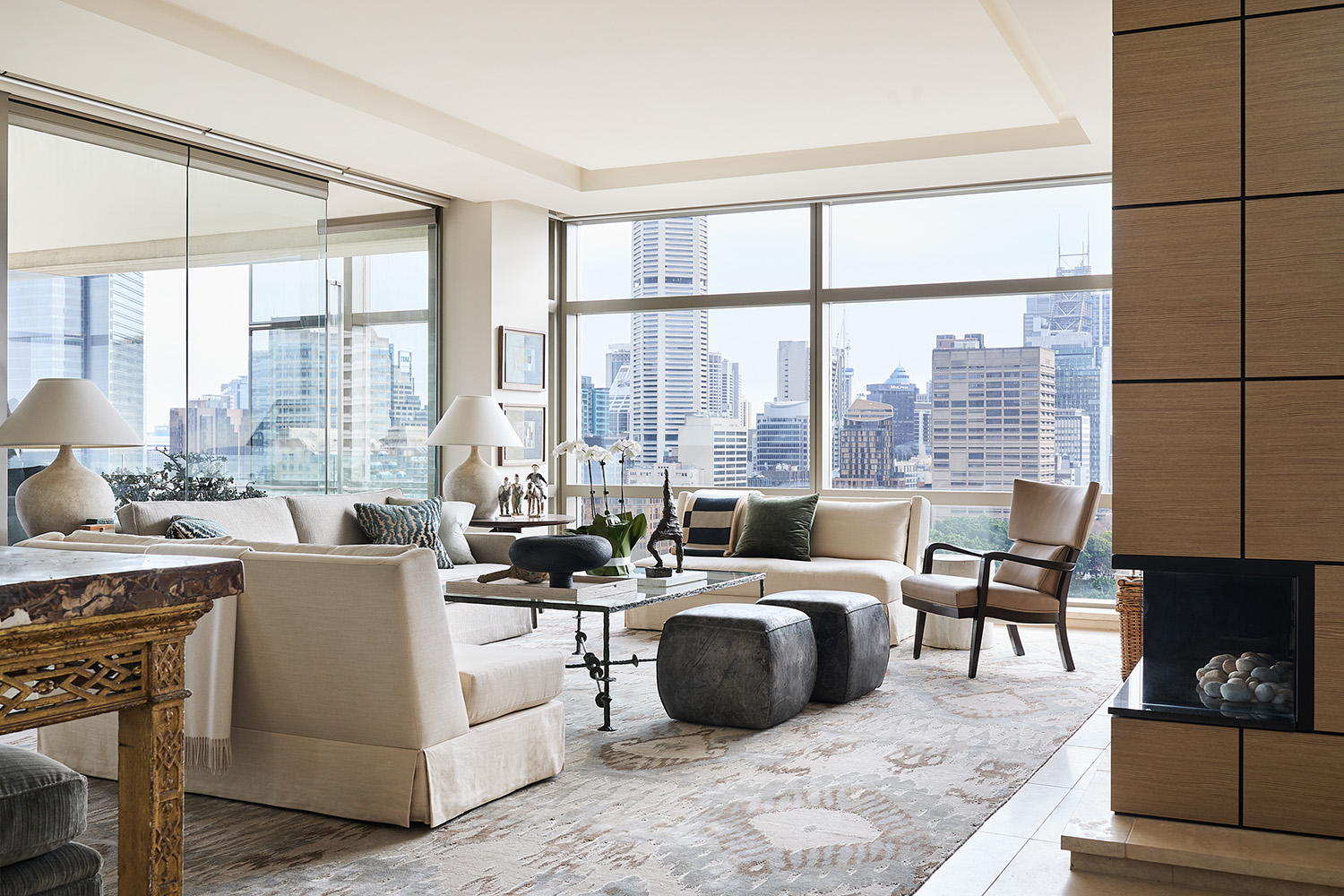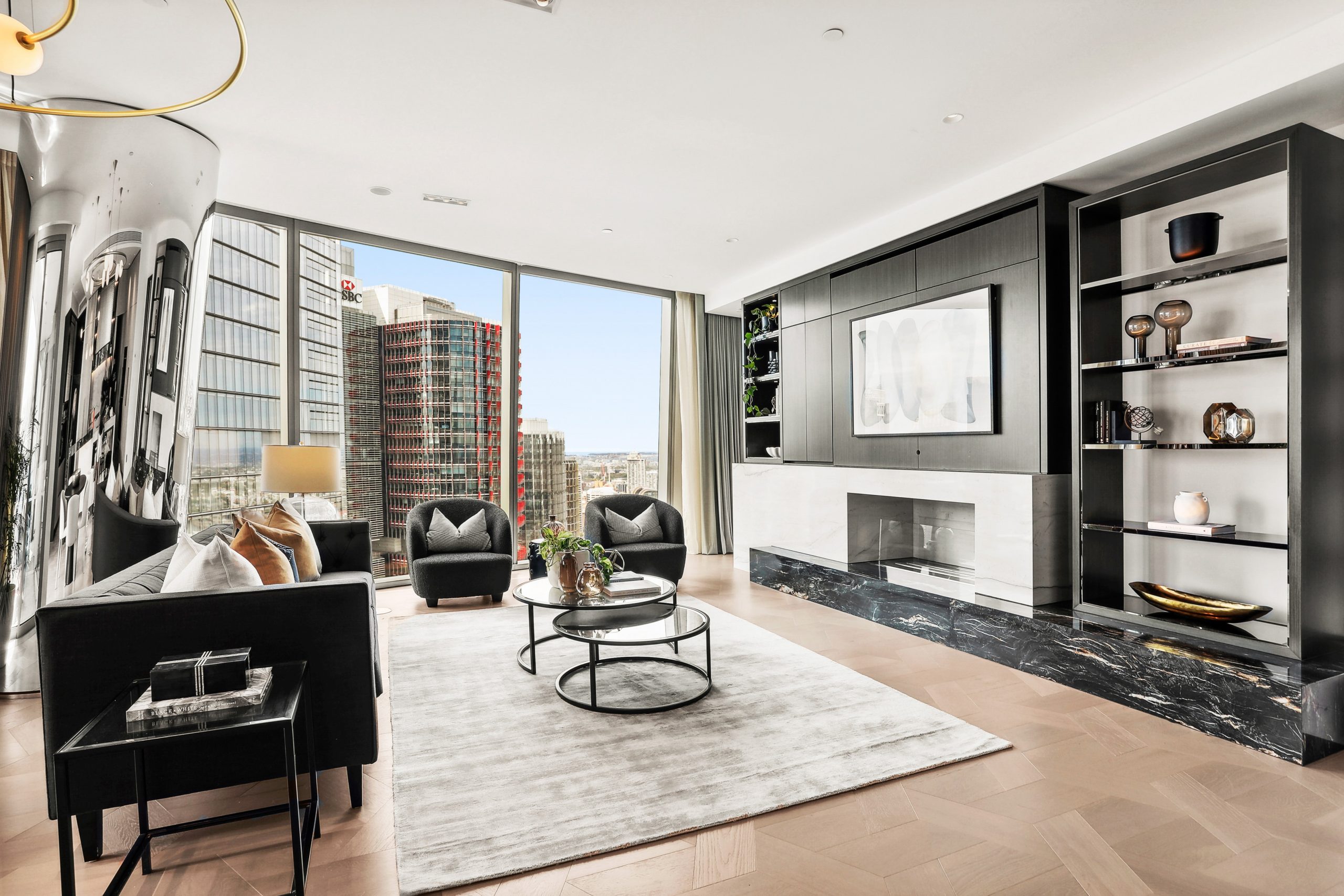The 5 Worst Interior Design Mistakes, According To An Expert
Interior designer Thomas Hamel on where it goes wrong in so many homes.
Specialising in residential design, Thomas Hamel and his eponymous design firm, Thomas Hamel & Associates, has built a heady reputation for blending elements of design to create timeless interiors for modern living.
We recently asked Hamel, what are the biggest design mistakes that you want to avoid when decorating or updating interiors.
Here – 5 mistakes to avoid and rules to live by:
1. Don’t ignore the interior architecture
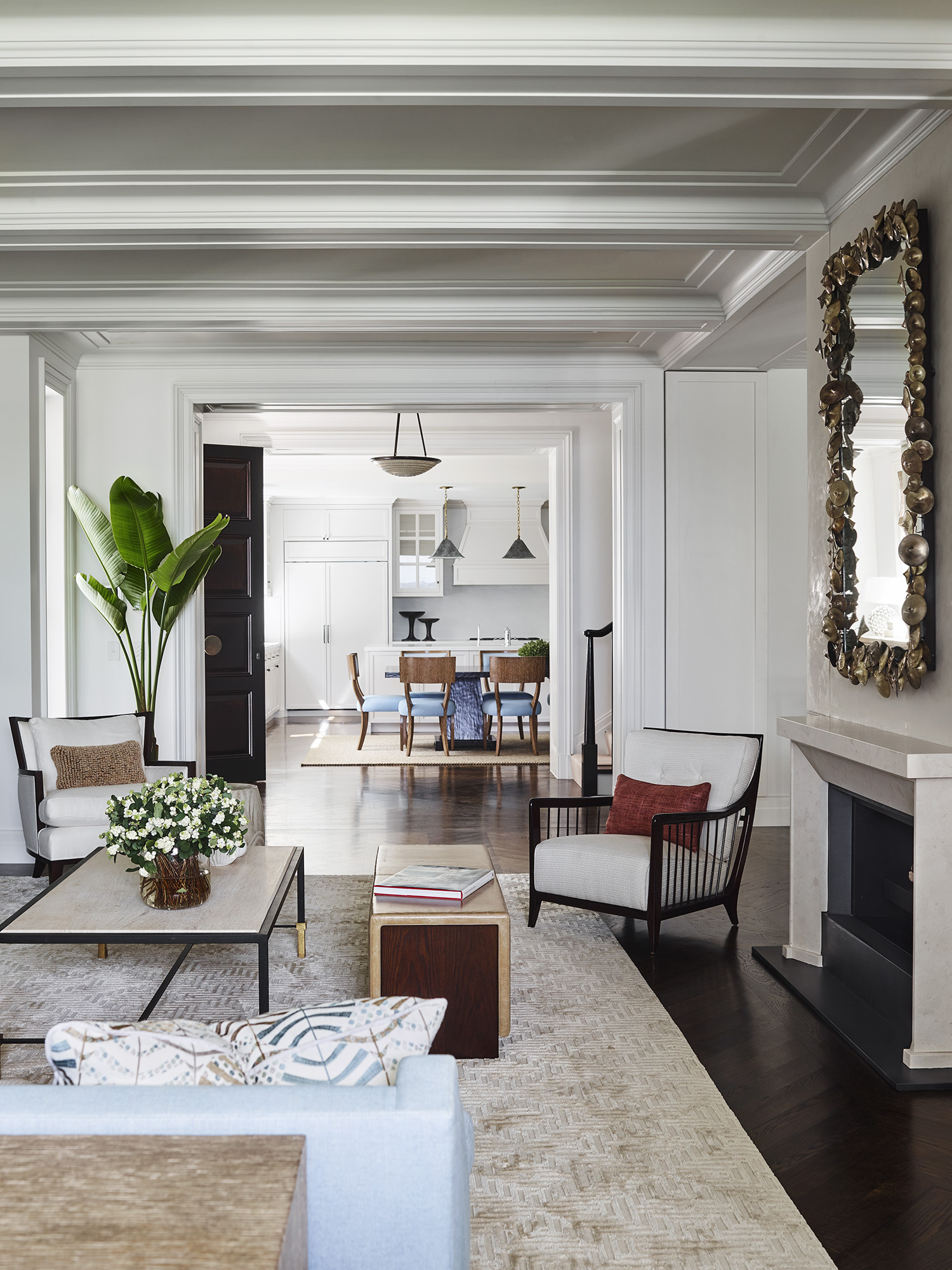
Some houses or rooms have what we call “good bones”. Others, however, do not, and that is when it is important, rather than diving straight in to the fabrics and furnishings, for the interior architecture to be considered as a priority, to give a room a better sense of presence. Heights of door frames can be “tweaked” through window treatments and mouldings/panelling to add scale and “wow” factor to a room. Rooms can be opened up to adjoining rooms or to an outdoor area, doorways enlarged for greater flow, and mouldings and panelling incorporated to give a room more presence. These fairly easy design touches can give a room “good bones” and often without a huge cost outlay. It is a good idea to have your interior designer work in tandem with the architect, as well as the landscape designer in advance of embarking on the more decorative aspect of the project.
2. Never overlook the importance of area rugs
At Thomas Hamel & Associates, we prioritise a room’s rugs before moving on to select the fabrics, lighting or decorative pieces. A rug truly anchors a room and informs the overall feel and aesthetic. This important starting point leads to our choices of fabrics, furnishings, and paint colours. The rug is the first port of call. It is essential to choose the correct rug sizing, as this is closely linked to the proportions of the furniture pieces and light fixtures. We often custom design rugs for our clients, with the help of specialist rug dealers like Behruz in Melbourne.
3. Don’t Match Everything
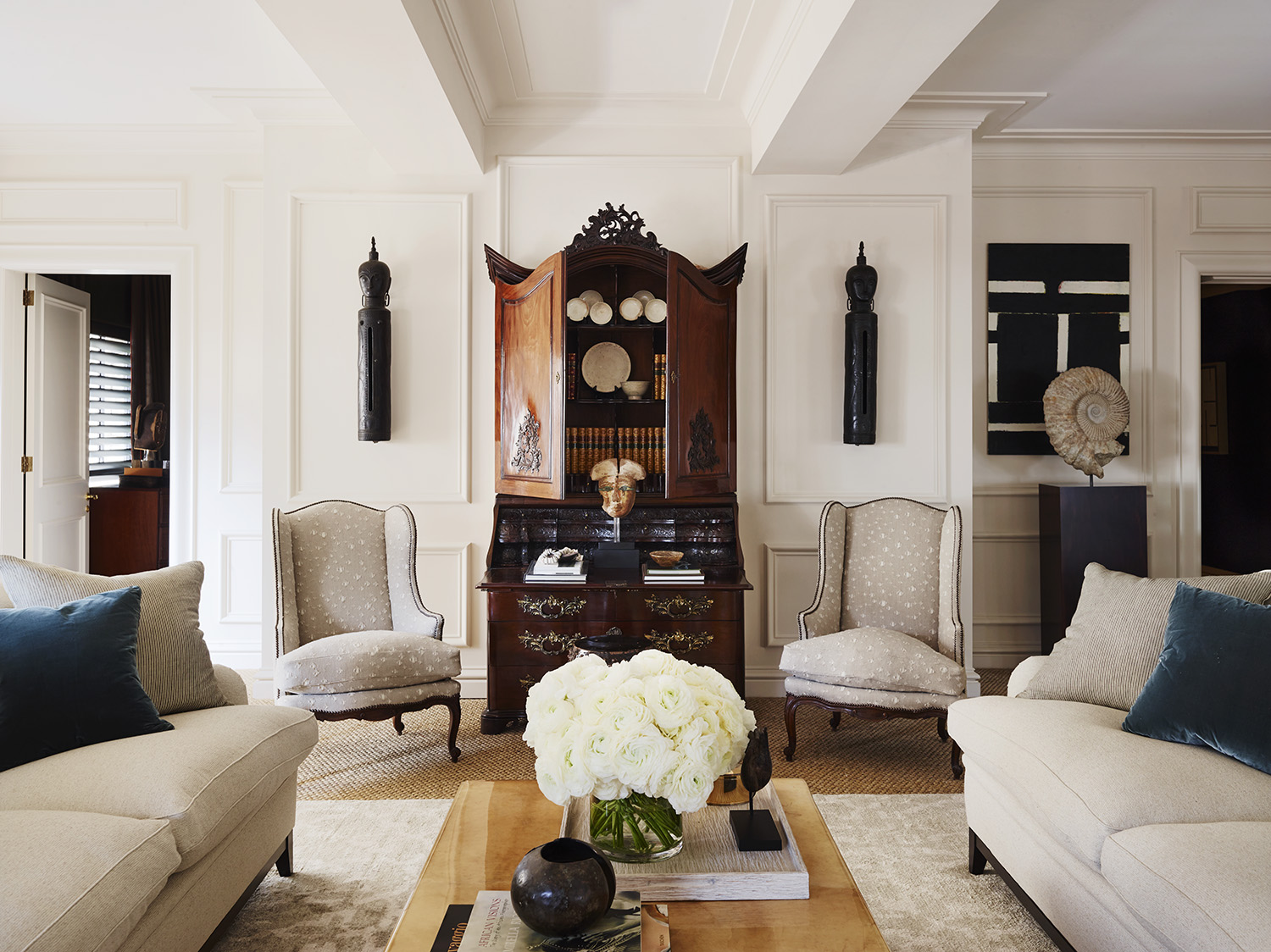
It is important to avoid the ‘everything has to match’ syndrome. No great room ever felt or looked ‘cookie cutter’! We prefer to combine a variety of different styles. Clients may live in a contemporary house, but if they fall in love with an antique piece of furniture or traditional work of art, we say “go for it”. Integrating a range of periods and styles tells the story of who lives there and adds personality to a house. No one wants to live in a design showroom, and nor should they.
4. Not considering your location
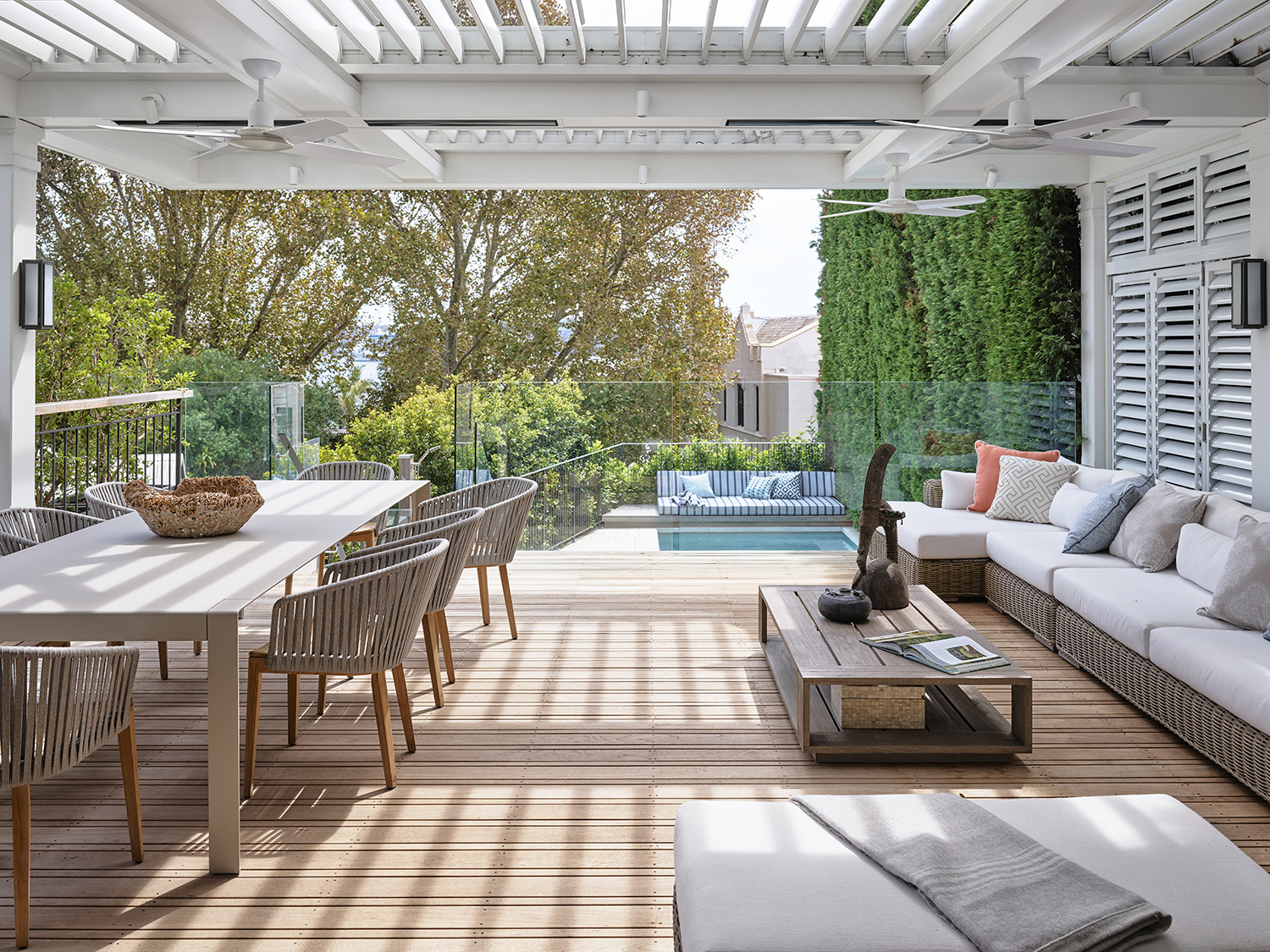
The best homes/rooms have a true “ sense of place”, so consider your location before embarking on a design scheme. While Tuscan houses look great in the Italian countryside, they are not so appropriate in Queensland. Likewise, it’s best to leave the “ Hamptons style” in Long Island, rather than trying to recreate it in urban Melbourne, A home should be true to its setting. In Australia, that may mean making the most of our warm climate by incorporating opportunities for indoor/outdoor living. Or in Sydney, playing to the view if you are lucky enough to live on the harbour. In Melbourne, it may be a garden that forms the focus of a room’s outlook.
5. Always allow space for art and objects
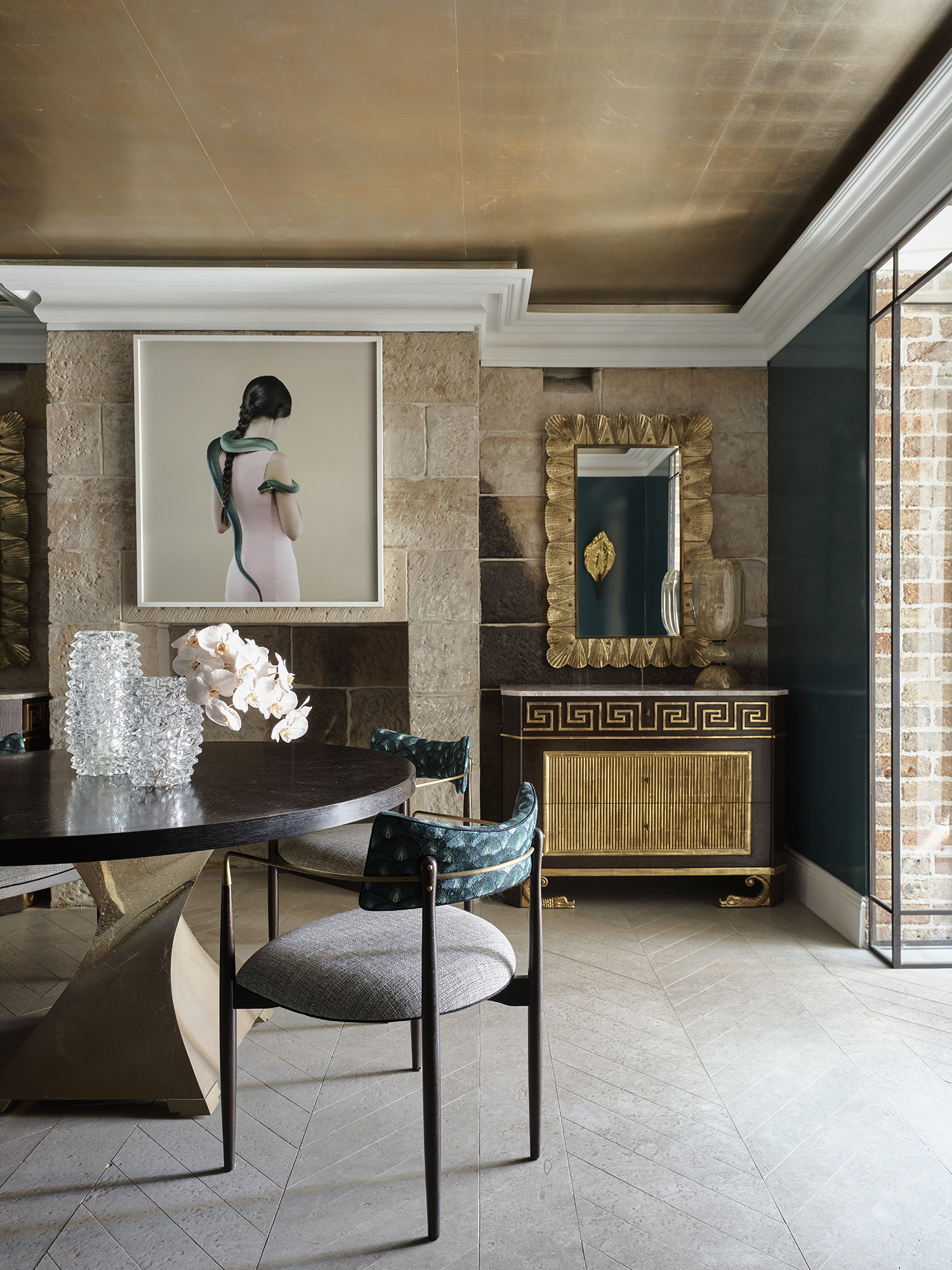
Memorable rooms are often filled with an owner’s favourite objects, collected over time from travels, a gallery visit, or perhaps passed down through families over generations. Avoid the notion and temptation that everything for your interior should be bought at once, or feel that the house is “done” when the interior design scheme is completed. Collecting is fun and the stories that objects and art tell about the owner are what makes a house truly special.
This stylish family home combines a classic palette and finishes with a flexible floorplan
Just 55 minutes from Sydney, make this your creative getaway located in the majestic Hawkesbury region.
As Paris makes its final preparations for the Olympic games, its residents are busy with their own—packing their suitcases, confirming their reservations, and getting out of town.
Worried about the hordes of crowds and overall chaos the Olympics could bring, Parisians are fleeing the city in droves and inundating resort cities around the country. Hotels and holiday rentals in some of France’s most popular vacation destinations—from the French Riviera in the south to the beaches of Normandy in the north—say they are expecting massive crowds this year in advance of the Olympics. The games will run from July 26-Aug. 1.
“It’s already a major holiday season for us, and beyond that, we have the Olympics,” says Stéphane Personeni, general manager of the Lily of the Valley hotel in Saint Tropez. “People began booking early this year.”
Personeni’s hotel typically has no issues filling its rooms each summer—by May of each year, the luxury hotel typically finds itself completely booked out for the months of July and August. But this year, the 53-room hotel began filling up for summer reservations in February.
“We told our regular guests that everything—hotels, apartments, villas—are going to be hard to find this summer,” Personeni says. His neighbours around Saint Tropez say they’re similarly booked up.
As of March, the online marketplace Gens de Confiance (“Trusted People”), saw a 50% increase in reservations from Parisians seeking vacation rentals outside the capital during the Olympics.
Already, August is a popular vacation time for the French. With a minimum of five weeks of vacation mandated by law, many decide to take the entire month off, renting out villas in beachside destinations for longer periods.
But beyond the typical August travel, the Olympics are having a real impact, says Bertille Marchal, a spokesperson for Gens de Confiance.
“We’ve seen nearly three times more reservations for the dates of the Olympics than the following two weeks,” Marchal says. “The increase is definitely linked to the Olympic Games.”

Getty Images
According to the site, the most sought-out vacation destinations are Morbihan and Loire-Atlantique, a seaside region in the northwest; le Var, a coastal area within the southeast of France along the Côte d’Azur; and the island of Corsica in the Mediterranean.
Meanwhile, the Olympics haven’t necessarily been a boon to foreign tourism in the country. Many tourists who might have otherwise come to France are avoiding it this year in favour of other European capitals. In Paris, demand for stays at high-end hotels has collapsed, with bookings down 50% in July compared to last year, according to UMIH Prestige, which represents hotels charging at least €800 ($865) a night for rooms.
Earlier this year, high-end restaurants and concierges said the Olympics might even be an opportunity to score a hard-get-seat at the city’s fine dining.
In the Occitanie region in southwest France, the overall number of reservations this summer hasn’t changed much from last year, says Vincent Gare, president of the regional tourism committee there.
“But looking further at the numbers, we do see an increase in the clientele coming from the Paris region,” Gare told Le Figaro, noting that the increase in reservations has fallen directly on the dates of the Olympic games.
Michel Barré, a retiree living in Paris’s Le Marais neighbourhood, is one of those opting for the beach rather than the opening ceremony. In January, he booked a stay in Normandy for two weeks.
“Even though it’s a major European capital, Paris is still a small city—it’s a massive effort to host all of these events,” Barré says. “The Olympics are going to be a mess.”
More than anything, he just wants some calm after an event-filled summer in Paris, which just before the Olympics experienced the drama of a snap election called by Macron.
“It’s been a hectic summer here,” he says.

AFP via Getty Images
Parisians—Barré included—feel that the city, by over-catering to its tourists, is driving out many residents.
Parts of the Seine—usually one of the most popular summertime hangout spots —have been closed off for weeks as the city installs bleachers and Olympics signage. In certain neighbourhoods, residents will need to scan a QR code with police to access their own apartments. And from the Olympics to Sept. 8, Paris is nearly doubling the price of transit tickets from €2.15 to €4 per ride.
The city’s clear willingness to capitalise on its tourists has motivated some residents to do the same. In March, the number of active Airbnb listings in Paris reached an all-time high as hosts rushed to list their apartments. Listings grew 40% from the same time last year, according to the company.
With their regular clients taking off, Parisian restaurants and merchants are complaining that business is down.
“Are there any Parisians left in Paris?” Alaine Fontaine, president of the restaurant industry association, told the radio station Franceinfo on Sunday. “For the last three weeks, there haven’t been any here.”
Still, for all the talk of those leaving, there are plenty who have decided to stick around.
Jay Swanson, an American expat and YouTuber, can’t imagine leaving during the Olympics—he secured his tickets to see ping pong and volleyball last year. He’s also less concerned about the crowds and road closures than others, having just put together a series of videos explaining how to navigate Paris during the games.
“It’s been 100 years since the Games came to Paris; when else will we get a chance to host the world like this?” Swanson says. “So many Parisians are leaving and tourism is down, so not only will it be quiet but the only people left will be here for a party.”
This stylish family home combines a classic palette and finishes with a flexible floorplan
Just 55 minutes from Sydney, make this your creative getaway located in the majestic Hawkesbury region.









